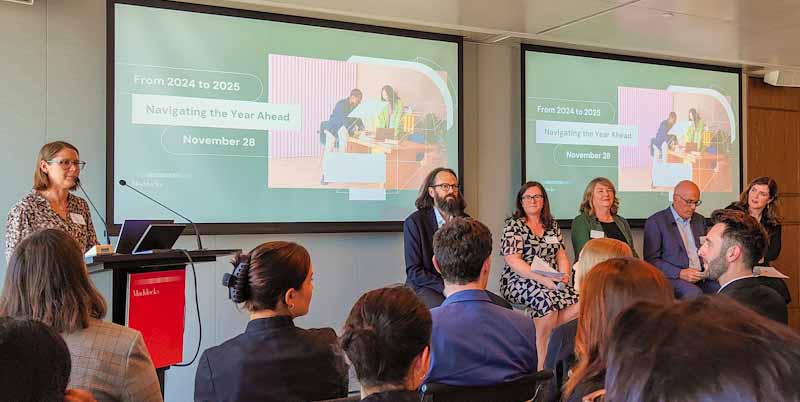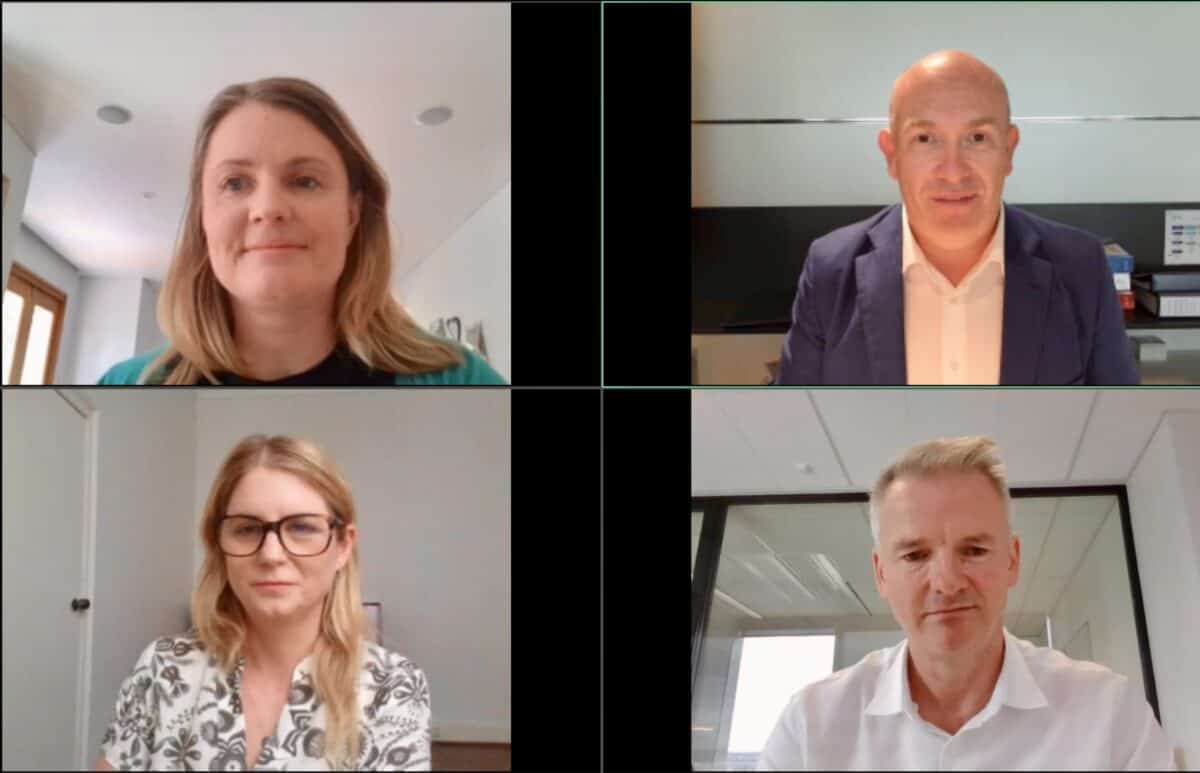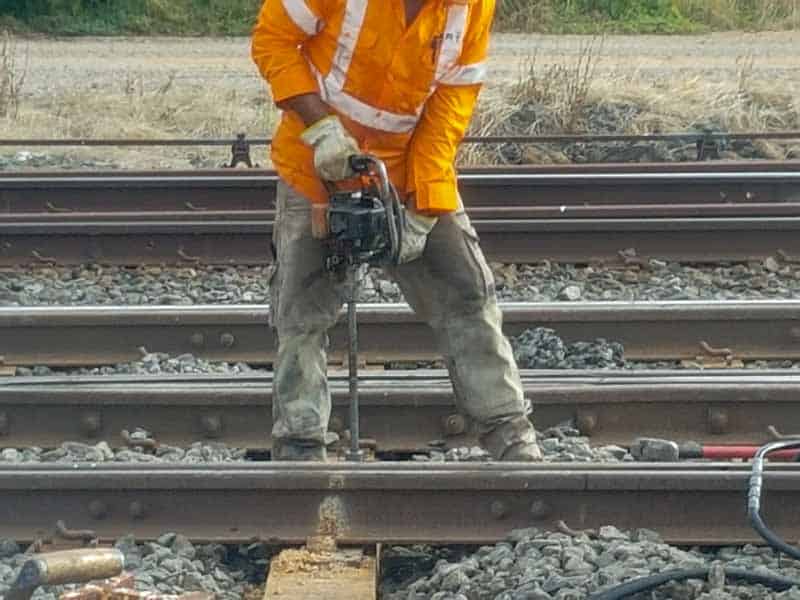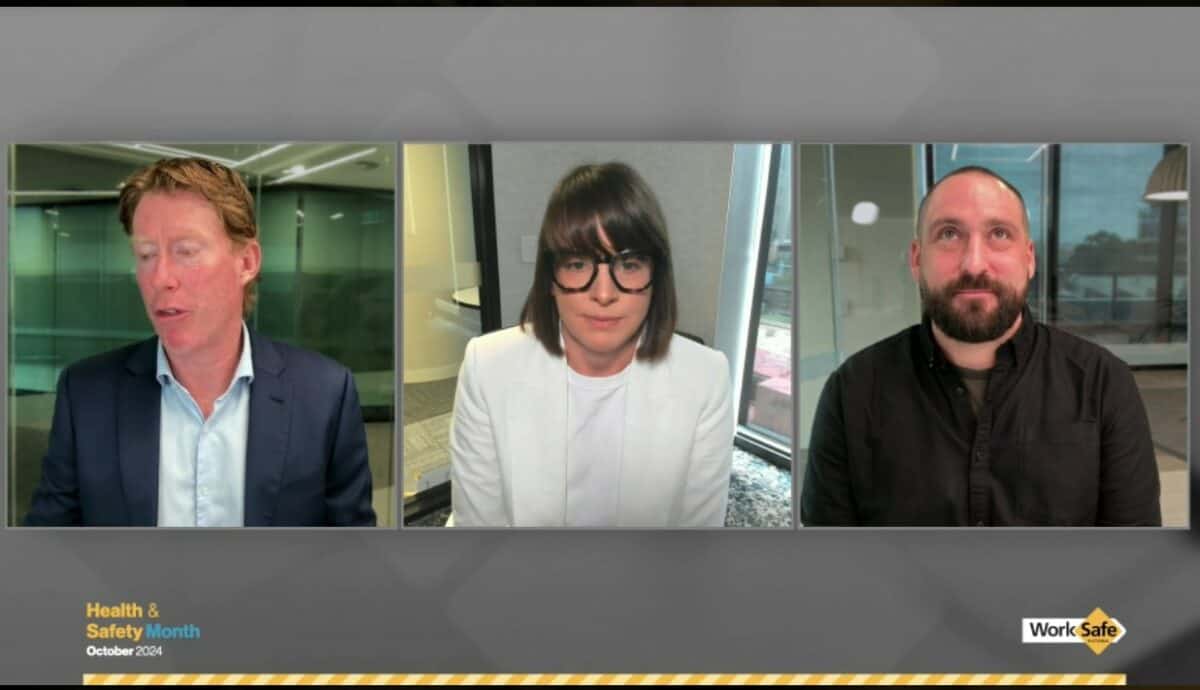Last week, Maddocks law firm conducted an end-of-year summary of its workplace relations issues and a forecast for 2025. Occupational health and safety (OHS) are almost inseparable from industrial relations (IR), so the overlaps between the four or five topics discussed were enlightening and provided a good contrast to the information from other law sources.
Category: risk
The reporting of farm deaths could be improved
Recently, Lisa Ronson died in a vehicle incident on her Victorian farm. Much has already been written about her family’s loss, Lisa’s life and the impact on the community. This article is not about her; it is about how her death has been presented in the media over the last few days and the words used for the means of her death.
For many, her death was brought to our attention by a front-page article in the Herald-Sun newspaper on November 25, 2024 (image below). As an advocate for occupational health and safety (OHS) with a strong interest in farm safety, I read the whole article, and others, looking for details of the incident to contextualise it in the history of farm deaths. The only details were mentioned in the second paragraph:
“….after Ms Ronson was killed in a tragic farm accident on Saturday night, her devastated family is mourning the loss of a cherished wife and mother.”
Our understanding of suicides is improving…..finally
[The following article discusses suicide]
In November 2024, Victorian Coroner John Cain said:
“”While our early research suggests that Victoria’s suicide rate has not increased overall, it is troubling that we continue to see no sustained reduction in lives lost.”
Cain has instigated a research program with the Melbourne School of Population and Global Health at the University of Melbourne to provide a better understanding of suicide trends and rates. An understanding supported and queried by an article (paywalled) in The Weekend Australia written by journalist Stephen Corby.
Latest OHS News from Herbert Smith Freehills
One of the most important sources of information about occupational health and safety (OHS) is seminars organised by law firms. A great example was a webinar hosted by Herbert Smith Freehills on October 30, 2024, as part of its Safety Leadership Series. It was a general discussion on Australia’s most prominent OHS issues but outlined increasingly significant consequences.
The United States approach to work health and safety is getting creepy.
For most of the world, Donald Trump‘s re-election to the United States presidency is a non-event. Politicians and journalists are really interested, but Trump has little direct impact on our lives, and his policies, morals, and political strategies will affect us indirectly. Perhaps the most significant impact will be environmental.
Our business leaders take inspiration from American companies and corporate cultures. Even though he has yet to choose his Secretary of Labor, there are indications that occupational health and safety (OHS) is unlikely to progress under Trump’s term. It is useful to be aware of how Trumpian corporate culture and values may affect (infect?) the rest of the world.
Hi-viz clothing is “a major cultural symbol of our time”
The Conversation offers a brief history of the introduction of high-visibility workwear to Australian workplaces. The authors, Elizabeth Humphrys, Bettina Frankham and Jesse Adams Stein, offer four reasons why ” Hi-Viz” has become a “major cultural symbol of our time” and beyond its obvious safety benefits.
Two very different Safe Work Month events
In the last week of October 2024, which is Australia’s National Safe Work Month, WorkSafe Victoria held two notable webinars: “Addressing and improving health and safety issues in the workplace” and ” Prevent and manage psychosocial hazards in the workplace.” The themes were occupational health and safety (OHS), but the webinars differed greatly in content and presentation.






